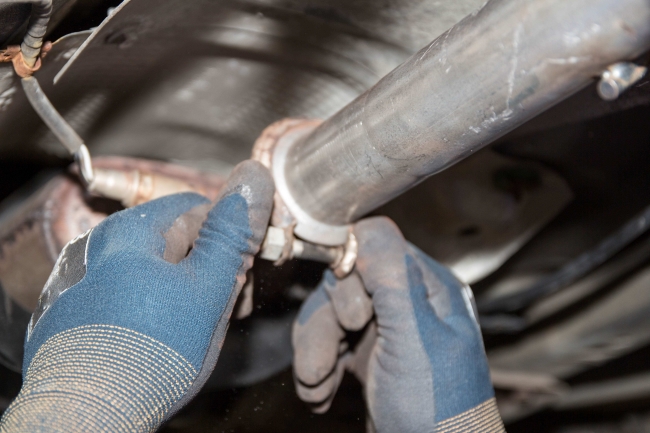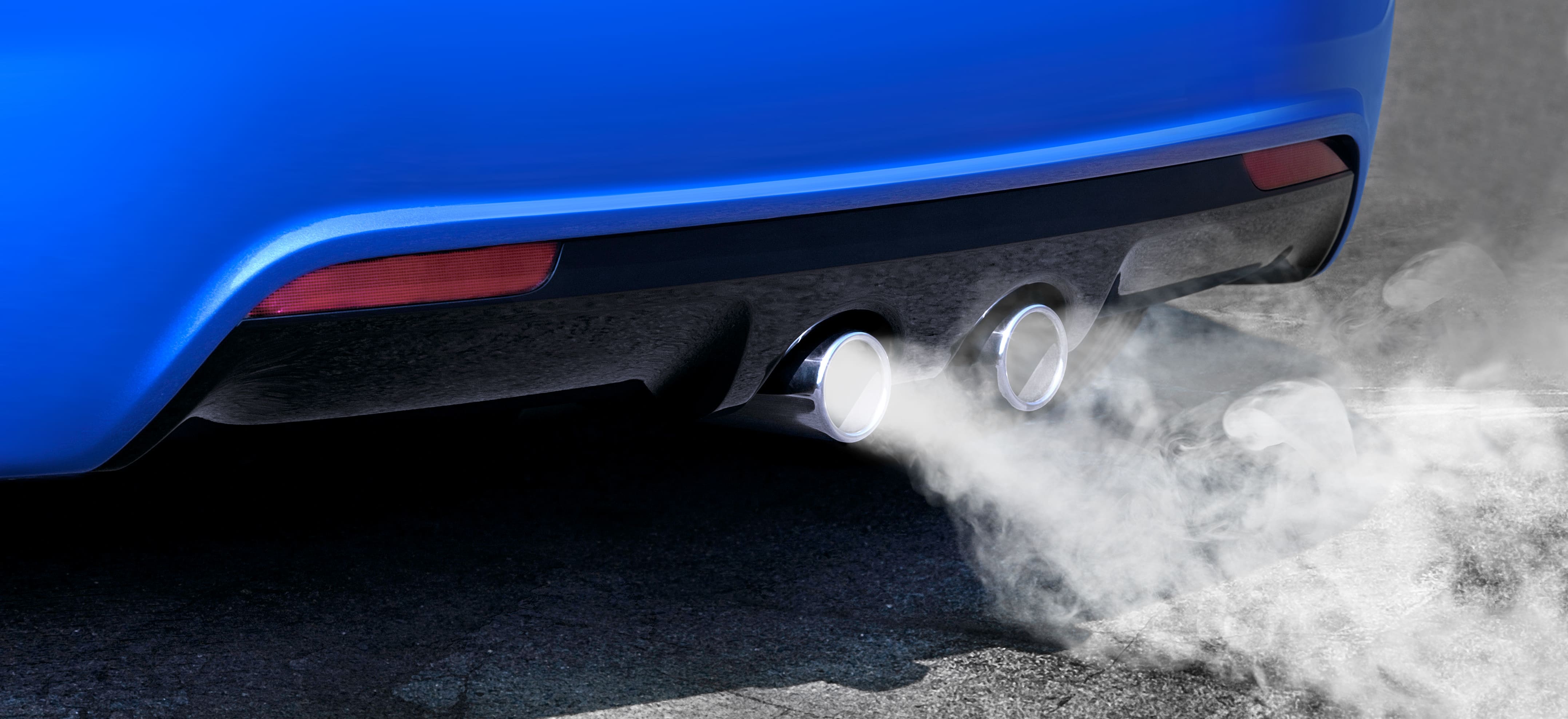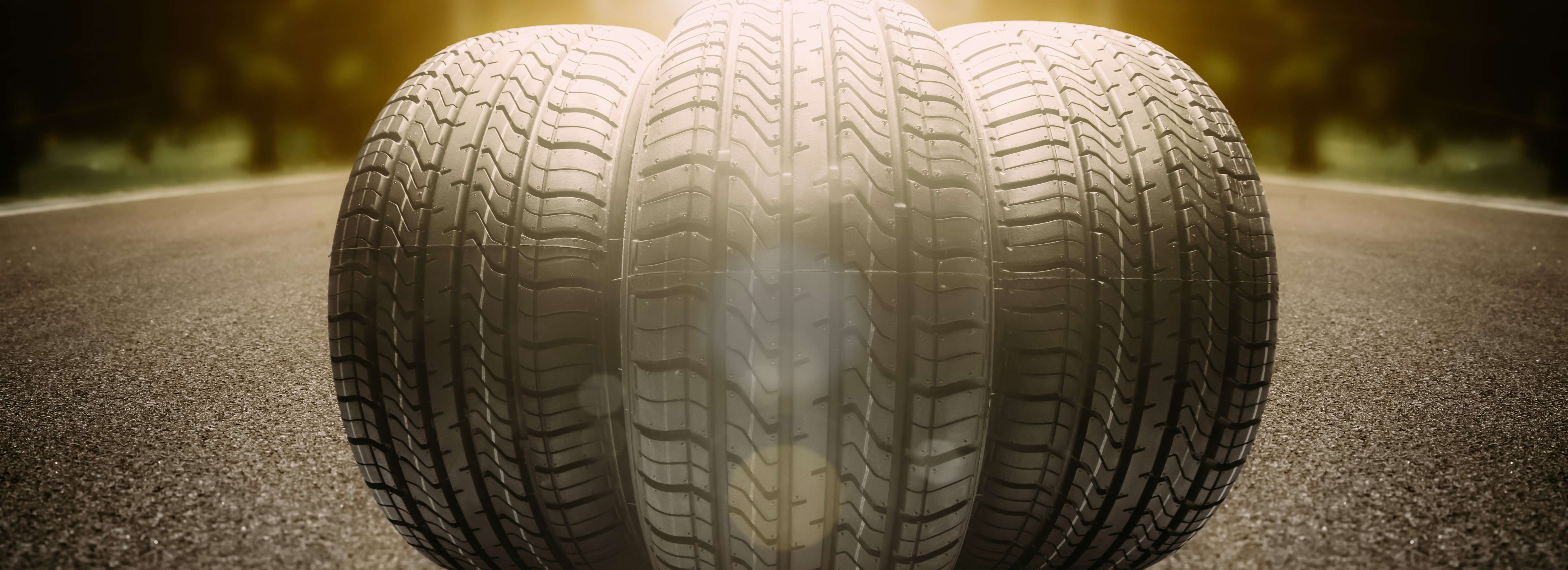
What is a silencer in a car?
The Exhaust silencer or muffler, is an important part of your car's exhaust system and plays a crucial role in protecting you and your passengers from being exposed to dangerous fumes that can be hazardous to your health. Let's take a closer look at this component, and what to do if it's not working properly.
What does a silencer do in a car?
The silencer on a car does several important things.
- It makes the engine quieter by reducing the noise from the exhaust. It has chambers and baffles inside that absorb and dissipate the loud sounds from the engine.
- It controls harmful emissions from the car's exhaust, such as carbon monoxide and other pollutants.
- It regulates the back pressure in the exhaust system. This means it balances out the right amount of resistance for the engine to work well without being too noisy.
- It protects the exhaust system from damage by preventing external elements such as dirt, water, rocks, and debris from reaching them while driving.
Why is my car silencer making noise?
It can make noise due to several reasons, primarily related to wear and tear or damage. One likely cause is rust or corrosion, which can develop over time on metal surfaces, especially in regions with harsh weather conditions or if your car has been exposed to road salt. Furthermore, internal components such as baffles or resonator chambers, may degrade or become loose over time, causing rattling or vibrating noises. If the Exhaust silencer isn’t installed correctly, this can create gaps or leaks which can result in noise and it may be time to have it inspected by a professional.
Why is there water in my silencer?
Water can accumulate due to condensation. This is a natural by-product of the combustion process in the engine. When hot exhaust gases containing water vapour cool as they pass through the exhaust system, the water vapour condenses into liquid water. This collects at the lowest point in the exhaust system, which is often the silencer, especially if the vehicle is not driven long enough or at high enough speeds for the water to evaporate completely.
While a small amount of water is normal and typically harmless, too much can lead to rust and corrosion, eventually compromising the silencer’s structural integrity and performance.
How to remove water from a car silencer
One way to remove water is to drive the car at higher speeds for a longer period to allow the heat from the exhaust gases to evaporate the water more effectively. Another option is to remove it from the vehicle and drain off any accumulated water by tilting or gently shaking the silencer. It's important to make sure that it has cooled sufficiently before you attempt to handle it to avoid burns.
Car silencer repair

The use of exhaust sealant to plug holes in your silencer can be a good temporary solution to stop exhaust fumes from leaking out and can make your car quieter.
Here's how to do it:
- Make sure the silencer is clean and free of rust or first around the hole. If needed, you can use a wire brush or sandpaper.
- Make sure you share the can of sealant well to mix it and apply a thick layer of sealant over the hole, making sure it covers the entire hole, and a little around the edges.
- Leave it to dry for a few hours or overnight, as per the instructions.
- After it has dried, start the engine and run it for a few minutes to heat the silencer and finish drying the sealant.
Changing and maintaining your car’s silencer
Generally, a well-maintained silencer can last anywhere from 5–7 years or more. As with any component, regular maintenance is key to prolonging its life. Make sure you keep it clean and free of debris, especially in areas that are prone to rust and corrosion.
TOP products on the subject:



































